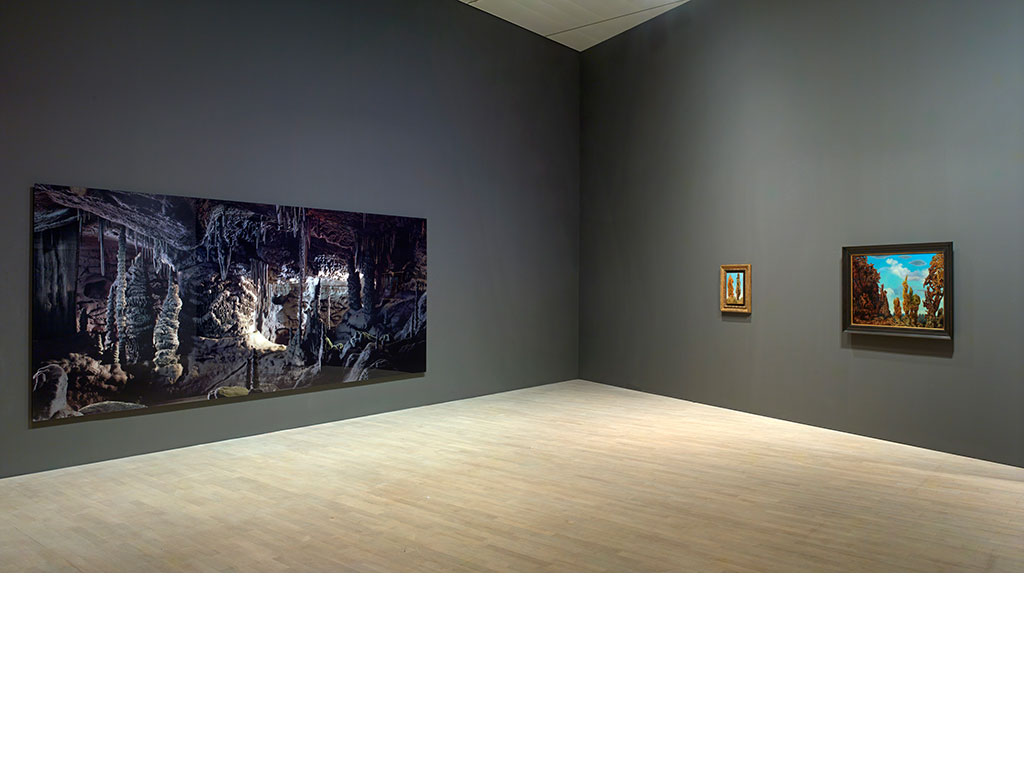With Beneath the Ground. From Kafka to Kippenberger
Apr 5, 2014 — Aug 10, 2014 (Quadriennale Düsseldorf)
With Beneath the Ground. From Kafka to Kippenberger, the Kunstsammlung Nordrhein-Westfalen devotes a wide-ranging exhibition to the theme of the subterranean. During the twentieth century, the motif of displacing human habitation below the Earth’s surface was strongly associated with both utopian and anti-utopian projects. By the late nineteenth century, the idea of an inhabitable realm below the surface of the earth had evolved into a much-favored literary topos.
Both visions of hell and caves as affording protection were associated with the idea of shifting the living space below ground level. Freud’s investigations into human psychology, and in particular the correlation between the unconscious and the physical location of the cellar in C.G. Jung’s early twentieth centurydream interpretation, have had an enduring impact on constructions of the subterranean in both the popular and artistic imaginations.
Equally decisive was the traumatizing experiences of two world wars and the utilization of the underground for bunkers. The motifs developed in the realm of literature – in particular the interdependency between the lower depths as a protective zone and place of danger – have served as reference points and sources of inspiration for both modern and contemporary artists.
The various segments of the exhibition deal with entrances to and transitionsbetween below-ground spaces, with withdrawal into and emergence from the underground realm, with its link to the unconscious or the uncanny, with the role of the bunker and of subterranean defense systems, as well as with juxtapositions of fictive and concrete spaces. The works in the exhibition – drawings, photographs, videos, sculptures, objects, and accessible installations – allow the theme to be experienced with immediacy.
Among the numerous literary interpretations of this motif, Franz Kafka’s unfinished story "The Burrow" (1923–1924) is accorded special prominence in the exhibition. From the perspective of an animal, Kafka describes how a subterranean system of corridors reminiscent of a maximum securityunit is fashioned with agonizing perfectionism. The burrow is simultaneously a safe haven and a space of threat. Published for the first time as an independent volume in collaboration with S. FISCHER Verlag and illustrated with drawings by Roni Horn, this story accompanies viewers through the exhibition.

